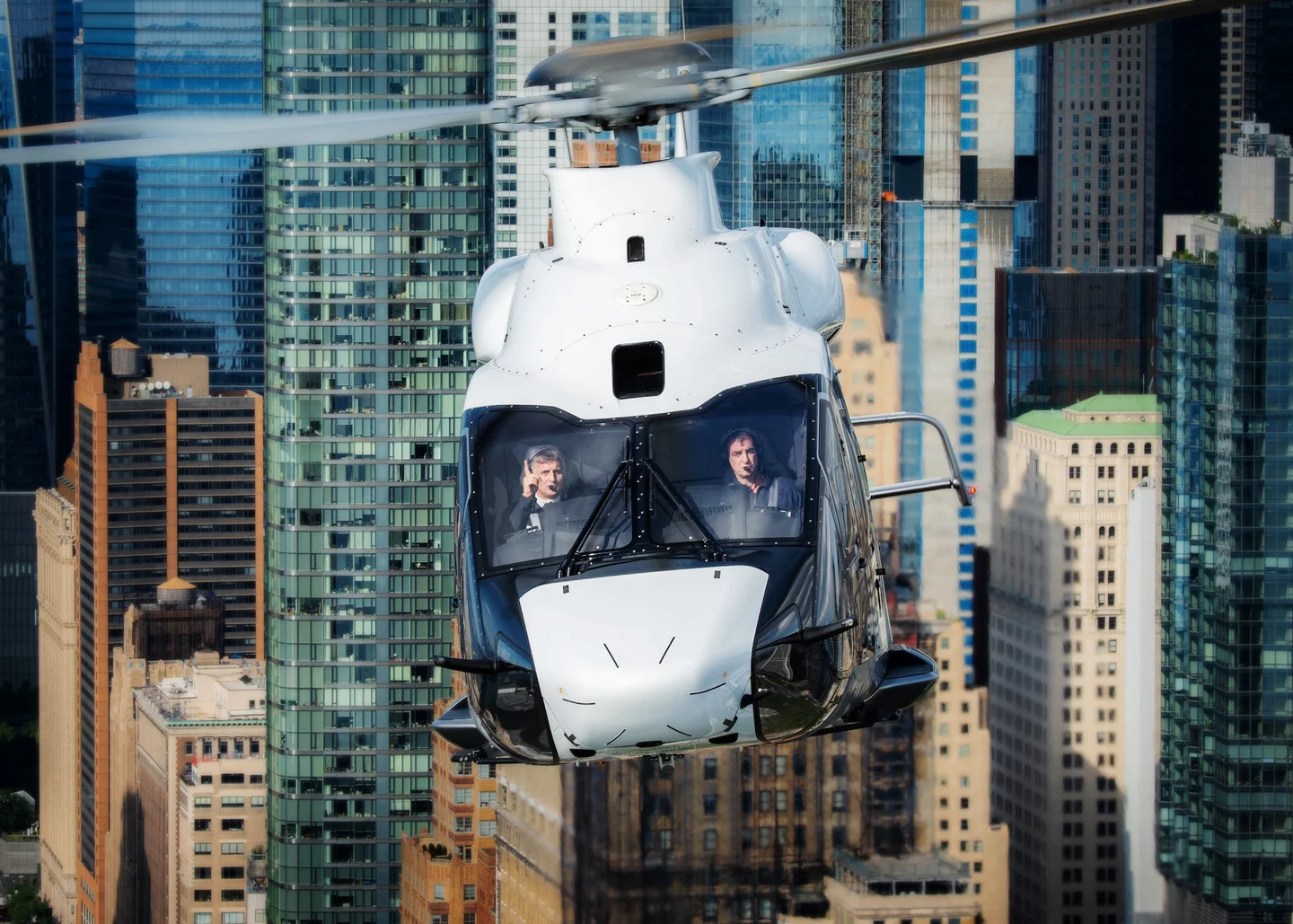Airbus Helicopters has introduced a groundbreaking addition to its fleet, the H160, showcasing a blend of innovative design and advanced technology. This next-generation aircraft, referred to as “the first of the new generation” by test pilot Olivier Gensse, is set to redefine the standards of helicopter aviation with its unique features and automated capabilities.
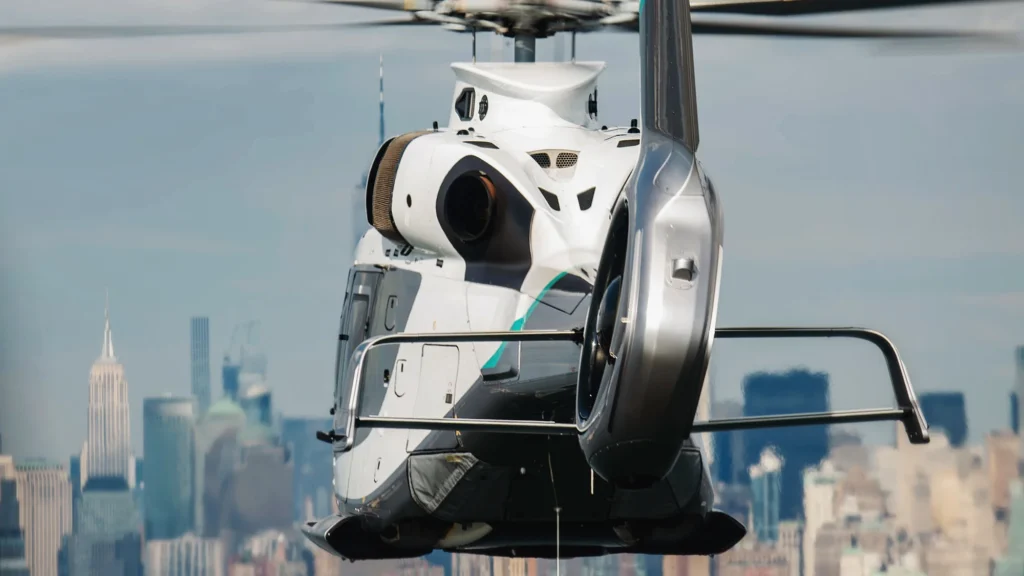
In this image of the helicopter’s tail section, the 10 degree tilt is clearly visible, as is the aircraft’s biplane-style horizontal stabilizer. All helicopters need a stabilizer in the back to keep them level as they fly forward
Table of Contents
1. Canted Tail Rotor: A Tilt Towards Efficiency
The H160 stands out with its distinctive canted tail rotor, tilted at a 10-degree angle. This design not only serves its primary anti-torque function, preventing the helicopter from spinning, but also contributes to the aircraft’s lift. Gensse reveals that this slight downward tilt provides an additional “one percent” of the helicopter’s total lift, a feature termed as “free lift.”
2. Fenestron Enclosure: Safety and Etymology
Safety is paramount in the H160’s design, evidenced by the enclosure of the tail rotor in a Fenestron. This feature mitigates the risks associated with exposed tail rotors, especially to those on the ground. The term “Fenestron” has its roots in the French language, derived from “fenetre,” meaning window, and “fenestrou,” a Provençal word for “little window,” indicating its initial designation.
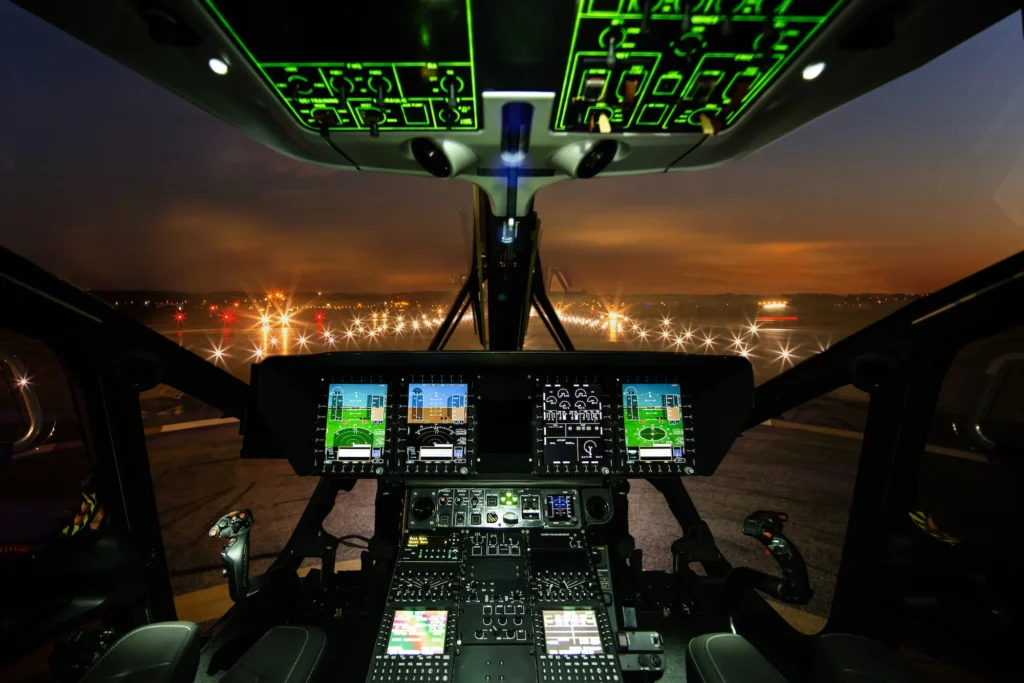
The H160’s flight deck. The aircraft’s advanced features include a “full automatic takeoff,” Adding that a non-pilot could do it with the right direction. It can’t land itself, though, so humans are still required for some tasks. Airbus Helicopters
3. Quieter Main Rotor Blades: A Silent Revolution
In a move towards noise reduction, the H160 incorporates modifications to its main rotor blades, making the aircraft quieter. This change is not only a nod to environmental considerations but also enhances the overall flying experience.
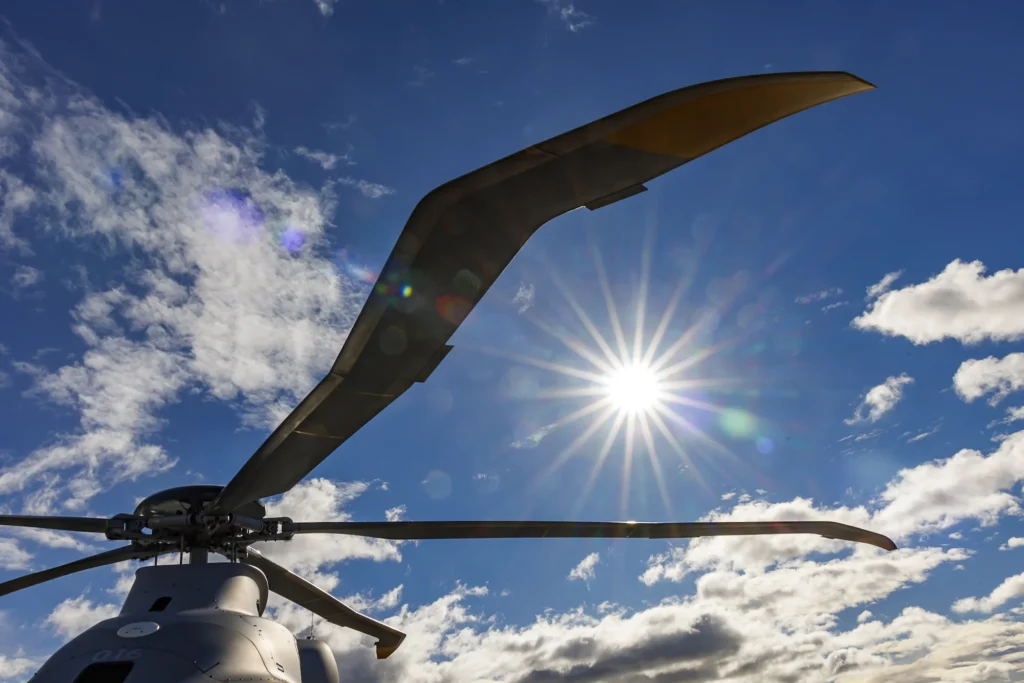
Notice the way the rotor blades, of which there are five, form a boomerang shape at the tips? Airbus calls these “Blue Edge” blades, and boasts that they are quieter and produce less vibration than regular blades that don’t have that distinctive shape. Airbus Helicopters
4. FAA Type Certification and Global Presence
The H160 achieved a significant milestone in June, receiving its FAA type certification. However, US pilots are undergoing a formal training process, with the anticipation of the H160 operating in the US by 2024. The aircraft has already marked its presence in regions such as Europe, Brazil, and Japan since its initial reveal in 2015.
5. A Closer Look at Design Excellence
The H160 is a testament to Airbus Helicopters’ commitment to innovation and design excellence. Gensse’s reference to the aircraft as the pioneer of a new generation underscores its significance in shaping the future of helicopter aviation.
Related: Explore the US military’s smallest drone, a sci-fi-inspired marvel.
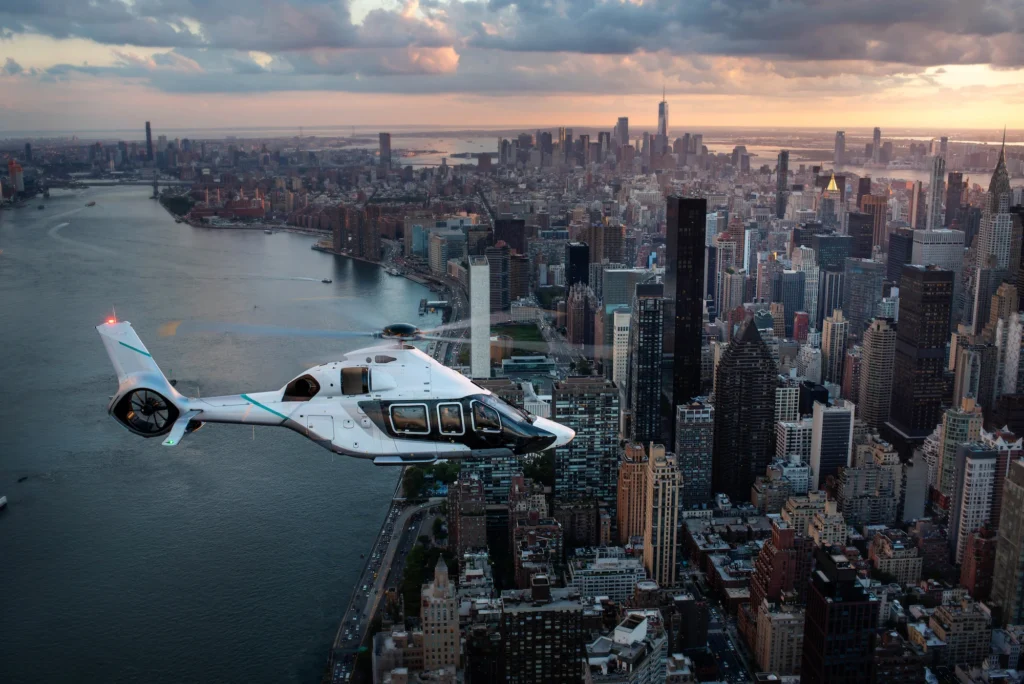
The H160 can seat 12 passengers; two pilots sit up front. Besides carrying people, it could also function as an EMS aircraft. Its cruising speed is about 173 mph.
Conclusion: Elevating the Future of Aviation
The Airbus Helicopters’ H160 is a marvel of modern engineering, combining innovative design, safety, efficiency, and quieter operation. With its global presence and anticipation of its US debut, the H160 is poised to elevate the standards of helicopter aviation and usher in a new era of flying excellence.
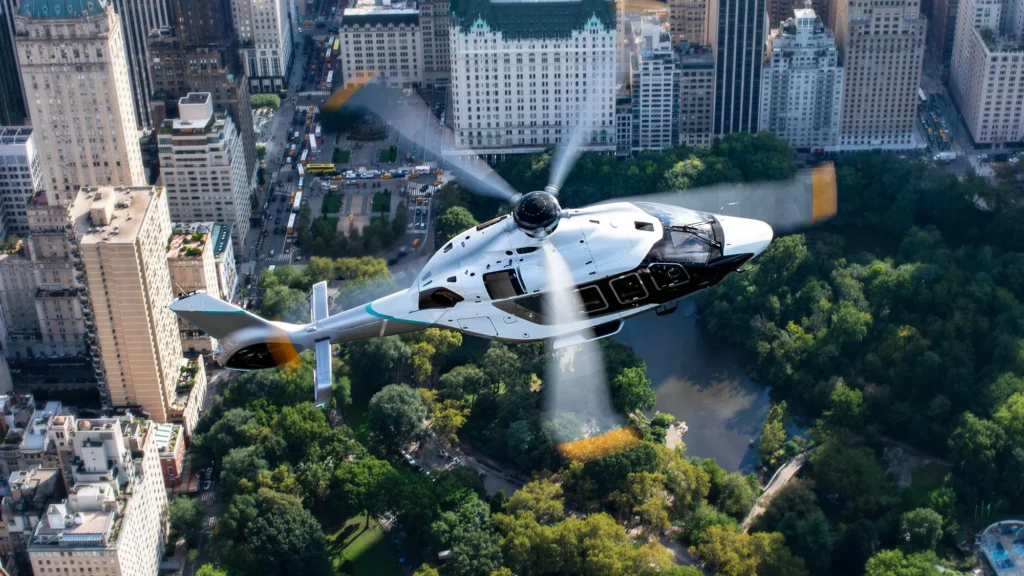
Gensse boasts that the interior is comfortable thanks to robust air conditioning and heating. They “took exactly the same air conditioning [system]” that is in the H175, a bigger Airbus helicopter, and put it in the smaller H160, meaning that it has more than enough power to do the job.
For a more detailed exploration of the H160’s design features and its impact on the aviation industry, click here.


